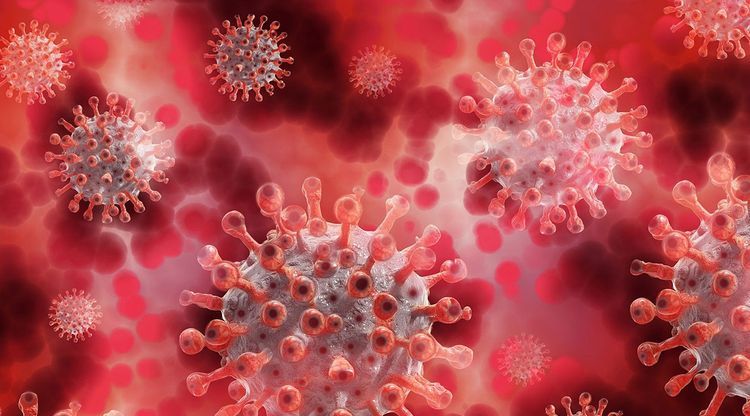It has not been long that the world has started the vaccination drive even if it is for emergency use. But as soon as the United Kingdom started with its vaccination drive, merely 2-3 days later, it reported about the new coronavirus strain.
It was earlier reported that the new strain is 70 per cent more infectious than the first one but it is not necessarily as or more dangerous. But this information is not enough to move forward to combat the virus.
The British authorities reported about the identification of the new SARS-CoV-2 genomic sequencing on December 14. Soon the infection rate increased and the UK reported 1,108 cases for the new virus strain, which was even before the official report.
Following the announcements, many countries suspended transport services to Britain and some of the countries even banned travel from countries which have detected the virus. The announcement of this ‘new strain’ has created panic among people and among the healthcare experts.
Because the details about it are still being researched upon, the Centers for Disease Control and Prevention (US CDC) named it SARS-CoV-2 VUI 202012/01, which is the short for the first ‘variant under investigation’.
The virus was detected after experts found a sudden rise of Covid-19 cases in South East England and that led to an epidemiological and virological probe. There was nearly a three-fold spike in 14 days, which essentially confirmed for the scientists that the ‘new’ strain was far more infectious than the pathogen responsible for the current pandemic.
There was a spike in cases among people under 60 and those who had PCR confirmed coronavirus cases. There is not much known about the virus and experts are still trying to figure out its road map. However, they say that the virus can be traced back to Kent in Southeast England. It was reportedly found that hints of the virus came in as early as September this year.
The World Health Organisation adds that by October, the virus began rapidly spreading across that area and in November, there was an unexpected spike, which led to investigation.
But to say that the virus is deadlier or more dangerous than the first one will be an exaggeration and the initial reports do not suggest anything on those lines. Even for this virus, many people are self-isolating and remain asymptomatic.
As far as vaccination is concerned, the experts are still figuring out if biological properties of the new virus are different because only then there will be a need to formulate a new vaccine. Scientists believe that there is nothing unusual about the new strain as it is the ‘nature’ of viruses to mutate.
Pfizer/BioNTech is the first vaccine to receive authorisation for general use in Britain and BioNTech CEO Ugur Sahin said that Pfizer will work against the new strain as well.
There is a variation in the spike protein, which might be a concern for experts. WHO stated, “Laboratories using in-house PCR assays that target the S gene of the virus should also be aware of this potential issue. In order to limit the impact on the detection capacities in the countries, an approach using different assays in parallel or multiplex assays targeting different viral genes is also recommended to allow the detection of potential arising variants.”
The health organisation advised that routine sequencing of the current pathogen needs to be increased and the data or information gathered needs to be shared internationally to understand the situation better.
 AR
AR UR
UR
